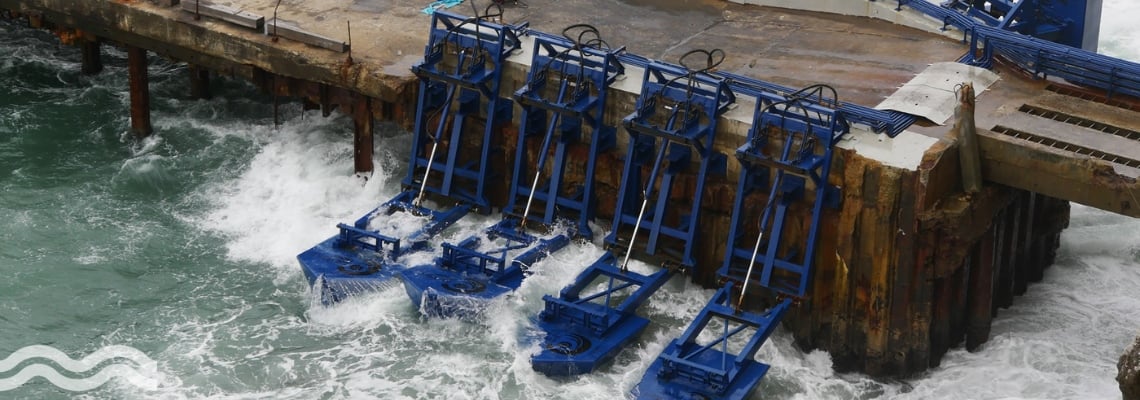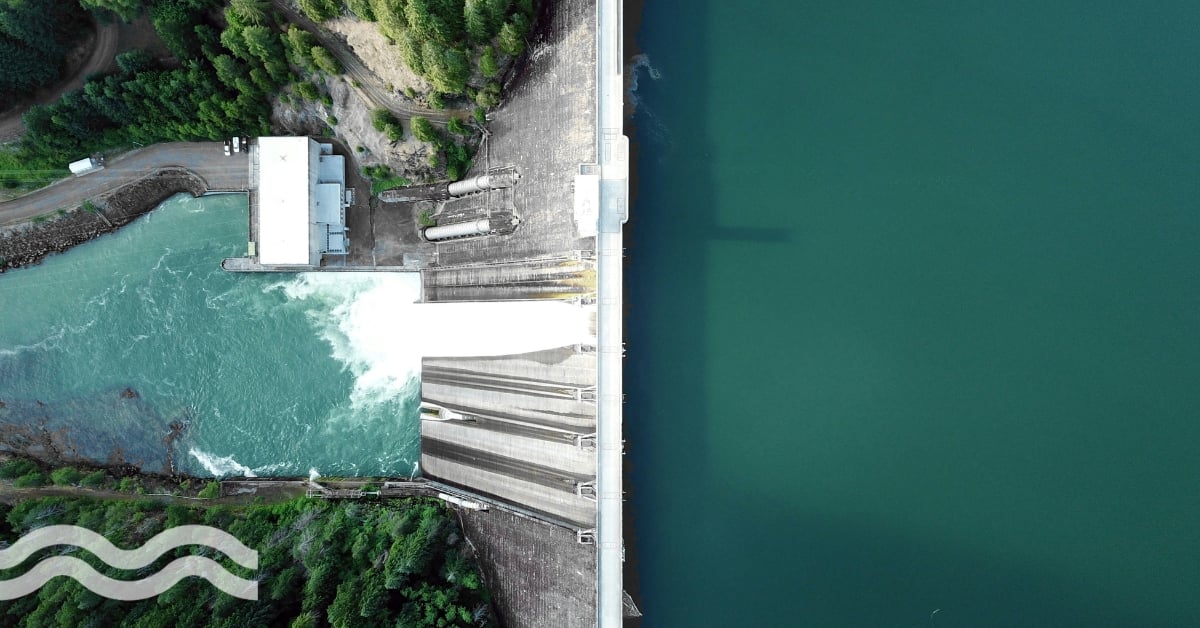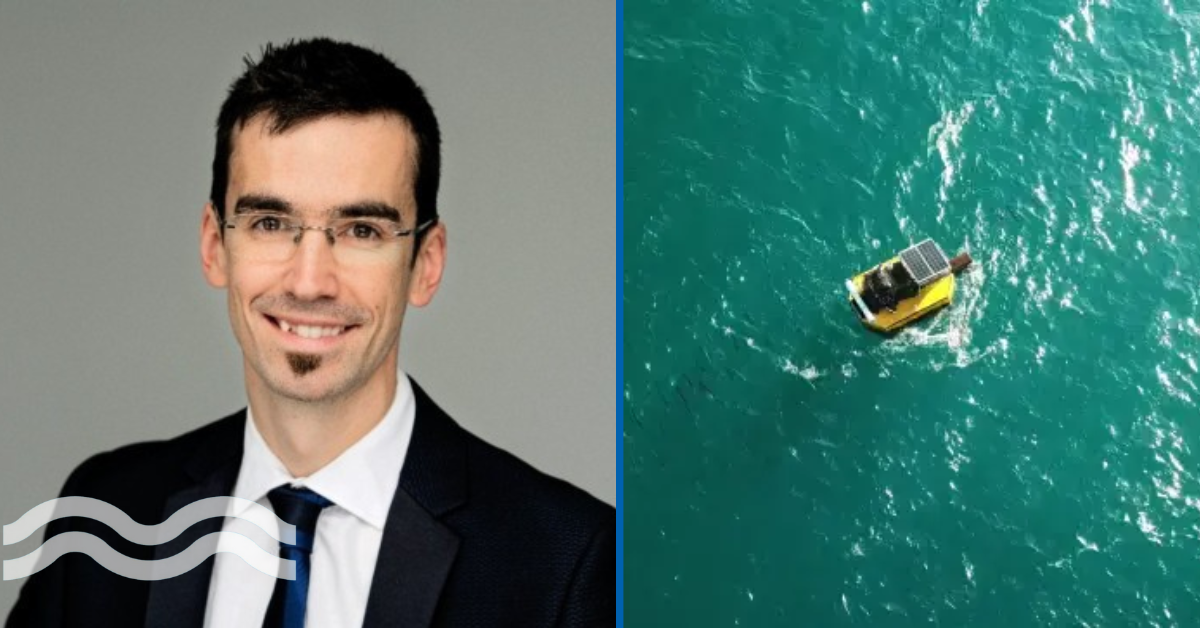Wave power pilot project given green light in Taiwan
I-Ke International Ocean Energy Co has agreed to purchase a wave generation unit from Israel's Eco Wave Power, which will begin a pilot wave energy project that is expected to progress into a commercially-viable project with more than 80 sites identified for future units.
Taiwan's wave power generation potential
With more than 1,500 kilometres of coastline, Taiwan is an ideal place to explore the potential for wave power generation. It will be the first onshore wave energy array in the region.
CY Huang, chairman of Lian Ta, the parent company of I-Ke, told media: "Taiwan is an island country with a coastline of 1,566 kilometres, with high potential for the installation of marine energy."
Talking to media, Inna Braverman, founder and CEO of Eco Wave Power, agreed, adding that its coastline was, "coupled with significant wave heights and very impressive local technological skills."
Eco Power Wave has already completed installations in Gibraltar and Israel, with plans for further sites in Los Angeles, USA, and Portugal.
How does onshore wave energy generation work?
The rising and falling of waves moves floaters up and down which causes hydraulic pistons to compress and decompress. This transmits bio-degradable hydraulic fluid into land-located accumulators. In the accumulators, pressure is built. This pressure rotates a hydraulic motor, which rotates a generator, which produces electricity. This can then be transferred to local the grid, via an inverter.
The fluid, after decompression, flows back into the hydraulic fluid tank, where it is then re-used by the pistons, creating a closed circular system.
The system can produce electricity from wave heights of 0,5 metres. Automatic control and monitoring protect the system in stormy weather – when the waves are too high, the floaters are automatically raised above the water until the sea is deemed safe for operation, at which point the floaters are lowered back into position.
Imported technology combined with local skills
The agreement follows a memorandum of understanding signed between the two companies. I-Ke is fully funding the project through the purchase of a turnkey conversion unit from Eco Wave Power, including all necessary hydraulic and electric components, along with a control and automation system.
However, some of the key components will be produced in Taiwan, which could position the island as a key hub for future wave energy expansion in the Asia-Pacific region.
Braverman, explained: "Due to Taiwan's impressive technological abilities, we plan to produce our floaters locally, thereby creating not only clean electricity from the waves, but also new wave-energy related workplaces."
From pilot to full-scale commercial capability
The first stage of the project will be the development of a 20 MW wave energy power station in Taiwan, beginning with a 100KW pilot. This plant is expected to expand in stages, eventually resulting in a total targeted installed commercial capacity of 400 MW.
According to Huang, the construction for the project will be 'relatively easy', and with 83 other sites already identified for future wave energy projects, he also believes that the agreement marks a 'significant stepping stone for the development of green electricity in Taiwan'.
He explained: "I also think that this will allow Taiwan to break away from existing renewable energy restrictions and develop in the direction of diversified renewable energy." Adding that the development of ocean energy will help to upgrade and transform the domestic energy industry.
Share your water technology stories with us
Do you have an innovation, research results or an other interesting topic you would like to share with the international water technology industry? The Aquatech website and social media channels are a great platform to showcase your stories!
Please contact our Sr Brand Marketing Manager Annelie Koomen.
Are you an Aquatech exhibitor?
Make sure you add your latest press releases to your Company Profile in the Exhibitor Portal for free exposure.
We promise never to send you spam and you can unsubscribe at any time!


